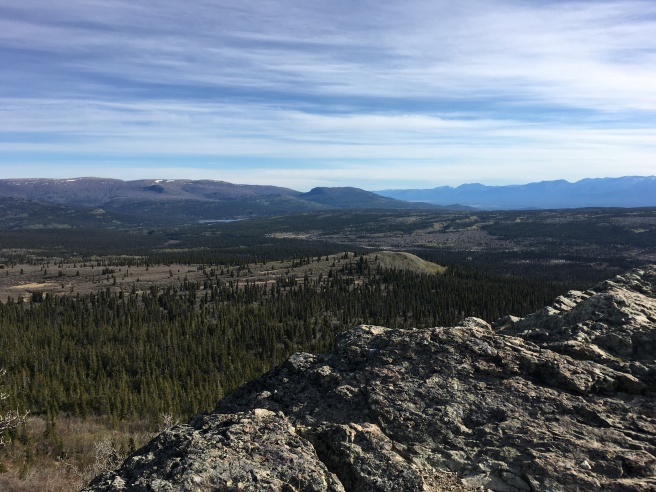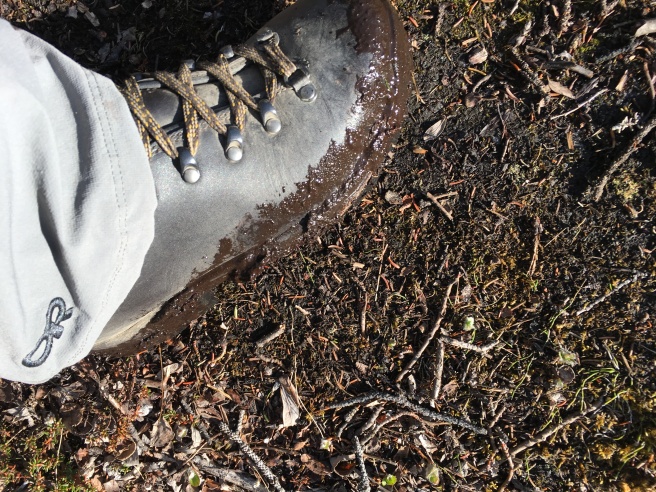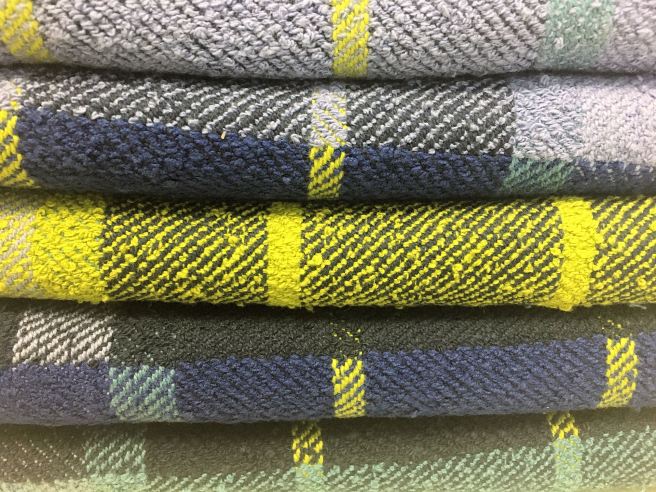I took advantage of a recent seat sale to escape the Whitehorse winter for a few days and visit a long time friend in Vancouver. As is our usual way, we spent a significant time seeking out new food experiences. Here is a smattering of what we experienced.
Patisserie Fur Elise – 847 Hamilton St., near the Vancouver Public Library

This is a beautifully renovated heritage house with steel and glass condos looming above it. I’m so happy the city didn’t see fit to tear this building down, and the few on either side of it.
High tea, which is what we were there for, consisted of a mini vegetable quiche as an opener, a variety of open and closed faced sandwiches, biscuits with sweetened clotted cream and strawberry jam, five dainty and scrumptious sweets, and a very fine pot of tea. The stand out for me (and my friend too) were the strawberry squares. Their texture was a cross between gelatin and cheesecake. They weren’t too sweet and they were bursting with flavour. The strawberry in the middle was a happy surprise.
The wait staff was lovely, and the price was pretty reasonable ($30 each) given the quality of the food and knowing what other places in Vancouver charge for afternoon tea. It’s pretty girly there though; lots of pink things.
Western Lake Chinese Seafood Restaurant – 4989 Victoria Dr.
Even though we had made reservations for dim sum, we still had to wait 20 minutes. The place was hopping; filled to the rafters with Asian diners, which is what you want to see in a Chinese restaurant. Everything we ordered was delicious, and the dumplings were huge…probably three times what I have come to know as ‘normal’ size. My favourite dishes were the eggplant with shrimp paste and the sticky rice (it was wonderfully smoky).

We ordered enough for four people (our eyes were far bigger than our stomachs) and the bill came to about $60. The photo you see here only shows a portion of what we ate.
If you are looking for a calm and quiet dining experience, this isn’t it. But I am happy to be able to add this to my ‘go to’ places in Vancouver when I am in the mood for dim sum.
Tamam – 2616 E. Hastings St.
This was my first time trying Palestinian food. It had all the makings of other food from that region…hummus, mutabal, mujaddarah, kebabs, rich spicy meat and vegetable stews, etc. I was taken by their pickled red cabbage and their pickled ocra…something I had not tried before. To me orca is typically a slimy mess, but this was crisp and flavourful. It might have been my favourite thing on my plate. They make a beautiful roast cauliflower with cumin sauce too.
I was too distracted by the food to remember to take photos, so here is a picture of the cauliflower dish, courtesy of the restaurant’s website.

I am now back in Whitehorse, probably 10 pounds heavier. I see a lot of salads in my future for the next little while!


































 Detail of one of the tin cans. Notice the jagged way it was opened.
Detail of one of the tin cans. Notice the jagged way it was opened.











































































































